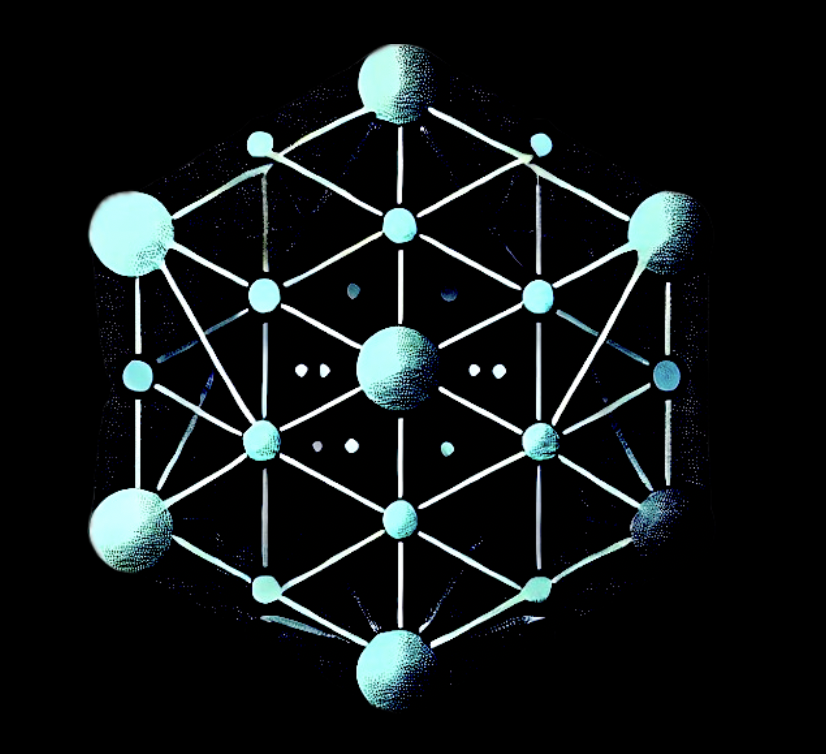Speaker
Description
In this talk, I will discuss the programme of viewing theories as geometric objects and its possible implications for quantum gravity. The talk aims to introduce, into philosophical discussions of quantum gravity and spacetime emergence, four elements from recent physics that I will argue are useful: namely, moduli spaces, metrics on spaces of theories, quasi-dualities, and the effective field theory perspective on string theory.
First, I develop the geometric view of theories, according to which a physical theory is a structured space of models equipped with topological and geometric structure, typically organised by a moduli space. Building on this, I propose a more specific framework, the model bundle, in which putative ‘theories’ are models (fibres) of a higher‑level structure. The fibres contain states and quantities, the base is a moduli space, and a structure group of quasi-dualities acts on the fibres; the total space thereby carries natural topological and algebraic‑geometric structure. I illustrate this with the Seiberg–Witten (1994) theory, where the moduli space is the complex plane with three punctures and the modular group acts as the structure group. Quasi‑dualities are local transition functions between fibres; when the bundle is trivial, dualities are recovered as global transition functions.
This geometric approach can be used to address two distinct philosophical issues. The first concerns the structure of scientific theories. In the recent literature on the semantic conception, it has been argued that a bare collection of models subject to kinematical or dynamical conditions is not sufficient to define a theory: additional structure on the space of models is required. The model‑bundle framework supplies precisely such structure and is motivated from the underlying physics. The second concerns the significance of metric distance between theories for the questions of reduction, emergence, and scientific realism. Since moduli-spaces metrics are derived from the underlying physics, they can be used to address these questions.
In the final part of the talk, I discuss one aspect of the significance of this geometric view for quantum gravity. The Swampland conjectures aim to distinguish the geometric and topological structure of moduli spaces of effective field theories that can, or cannot, be consistently coupled to gravity. I will argue that these conjectures, about distance in the moduli space and its volume, bear on the relation between low-energy information about the underlying quantum-gravity theory.

